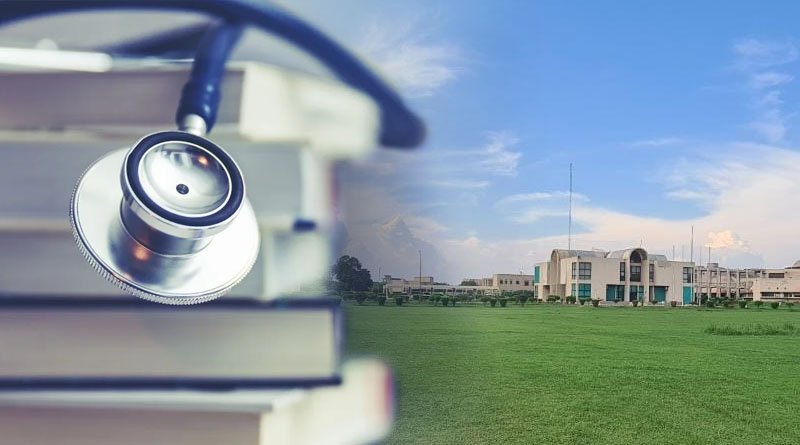International Agency for Research on Cancer stated that Pakistan sees more than 178,000 new cancer cases diagnosed each year and more than 200,800 cancer-related deaths.

Three health projects were recently given federal approval in order to benefit the general public. The Central Development Working Party CDWP has given its approval to two health projects worth a combined Rs 11.258 billion: the National Police Hospital, a state-of-the-art cancer hospital, in the federal capital, and the upgrading of the Radiology Department at the Shaikh Zayed Postgraduate Medical Institute in Lahore.
In light of the rising number of cases, the construction of the Rs. 3.40 billion Islamabad Cancer Hospital is urgently necessary. The hospital will be built in the Pakistan Institute of Medical Sciences (PIMS), the largest public hospital in the city.
The only government-owned cancer treatment centre at the moment is the oncology unit at PIMS. Under Vision 2025, a 200-bed cancer hospital was approved during the previous PML-N administration from 2013 to 2017.
Poor patients suffered as a result of the health projects being abandoned by the previous administration. International Agency for Research on Cancer stated that Pakistan sees more than 178,000 new cancer cases diagnosed each year and more than 200,800 cancer-related deaths.
There are only about 250 certified medical or radiation oncologists in the nation. For every 0.5 million people in Pakistan, there is only one cancer specialist.
According to the Ministry of National Health Services, Regulations, and Coordination, patients in Islamabad and the surrounding areas can receive cancer treatment at PAEC-NORI Hospital (semi-private), CMH, Rawalpindi, Shifa Hospital, and hospitals managed by the Pakistan Atomic Energy Commission. But those in poverty cannot afford the pricey care provided by the private sector.
There are 27 cancer treatment facilities in the nation, which experts deem insufficient given the large number of cancer patients. Only 10,000 to 15,000 cancer patients can be treated annually in Pakistan due to a severe lack of cancer treatment facilities, according to medical experts.
They hold that unhealthy nutrition, lifestyle, rapid and unplanned urbanisation, and poor nutrition are some of the main causes of the country’s rising cancer burden.
200 beds will be installed as part of the project, of which 75 will be for adult oncology, 25 for pediatric oncology, 25 for women’s oncology, 25 for ICU, 30 for private, and 20 for emergency. According to a representative of the health ministry, the facility will initially treat about 7,000 cancer patients annually before expanding to 16,000 patients in five to ten years.
The establishment of the National Police Hospital at a cost of Rs 6.48 billion is a landmark project for the ICT Police, which had been promised by the Planning Minister in 2018.
Currently, police personnel in ICT are compelled to get treatment at PIMS or Polyclinic Hospital. Inspector General of Police (Islamabad) Dr. Akbar Nasir Khan appreciated the decision and termed it a ‘ landmark’ decision. The Ministry of Interior is the sponsoring agency for the project.
The project envisages the establishment of a 100-bed hospital to provide tertiary healthcare facilities to 12,000 personnel of the Islamabad police and the general population of ICT. It includes civil work, the purchase of medical equipment, external development work, and the establishment of PMU.
The upgradation of the Radiology Department at Shaikh Zayed Postgraduate Medical Institute, Lahore, will cost Rs 1.37 billion and involve the procurement of new equipment and the replacement of old/obsolete radiology equipment. 18 types of different equipment will be procured, including a 1.5 Tesla MRI machine, a 128 slice CT Scanner, Mobile X-rays.
Currently, over 1,20,000 to 1,30,000 patients are provided services annually by the Radiology Department. The work-load of the department per annum includes X-rays, fluoroscopic Procedures, Doppler Ultrasounds, Routine Ultrasounds and CT Scans. After the completion of the project, 30% of the patients entitled to it will be federal government employees and their dependent families.